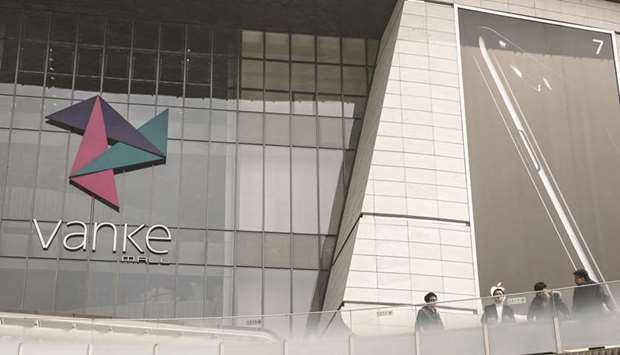The Shenzhen shares of China’s largest developer jumped by the daily 10% trading limit at the close, taking its six-day rally to 26%. While analysts attributed the gains to the appointment of a stable board following an 18-month long ownership tussle that ended with the departure of chairman Wang Shi, global investors were less enthused. Vanke’s Hong Kong shares have risen just 5.2% since the start of last week and now trade at a 26% discount to their mainland peers.
Vanke is just one of at least 60 Chinese companies dual-listed in Hong Kong and the mainland that saw a widening valuation gap over the past month, with the average premium among all such dual-listed stocks at 77%. That spread has widened since MSCI Inc announced last week that such listings would be among the 222 companies to be included in its global benchmarks next year, confounding expectations that prices would narrow.
The divide is the result of differences in the way investors in each region interpret the market, according to Tony Chu, a Hong Kong-based money manager at Victory Capital Management Inc
“Ultimately the shares are not interchangeable – if you hold one share you can’t just convert into another,” said Chu. “As more funds participate in the stock connect after the MSCI change, there shouldn’t be too much of a gap – but that’s a very long view.”
The start of a stock-trading channel between Shanghai and Hong Kong in 2014 also spurred bets that valuation differences would disappear. Instead, the gap has widened: mainland-traded shares are 25% more expensive than their Hong Kong peers, according to the Hang Seng China AH Premium Index, which tracks the largest and most liquid dual-listed shares. The gauge closed at its highest level this year on Friday.

